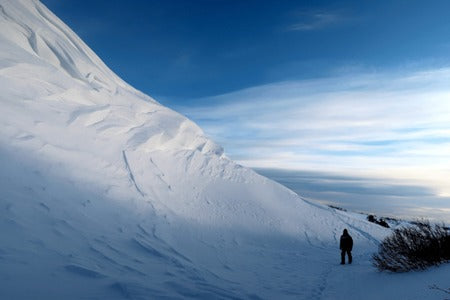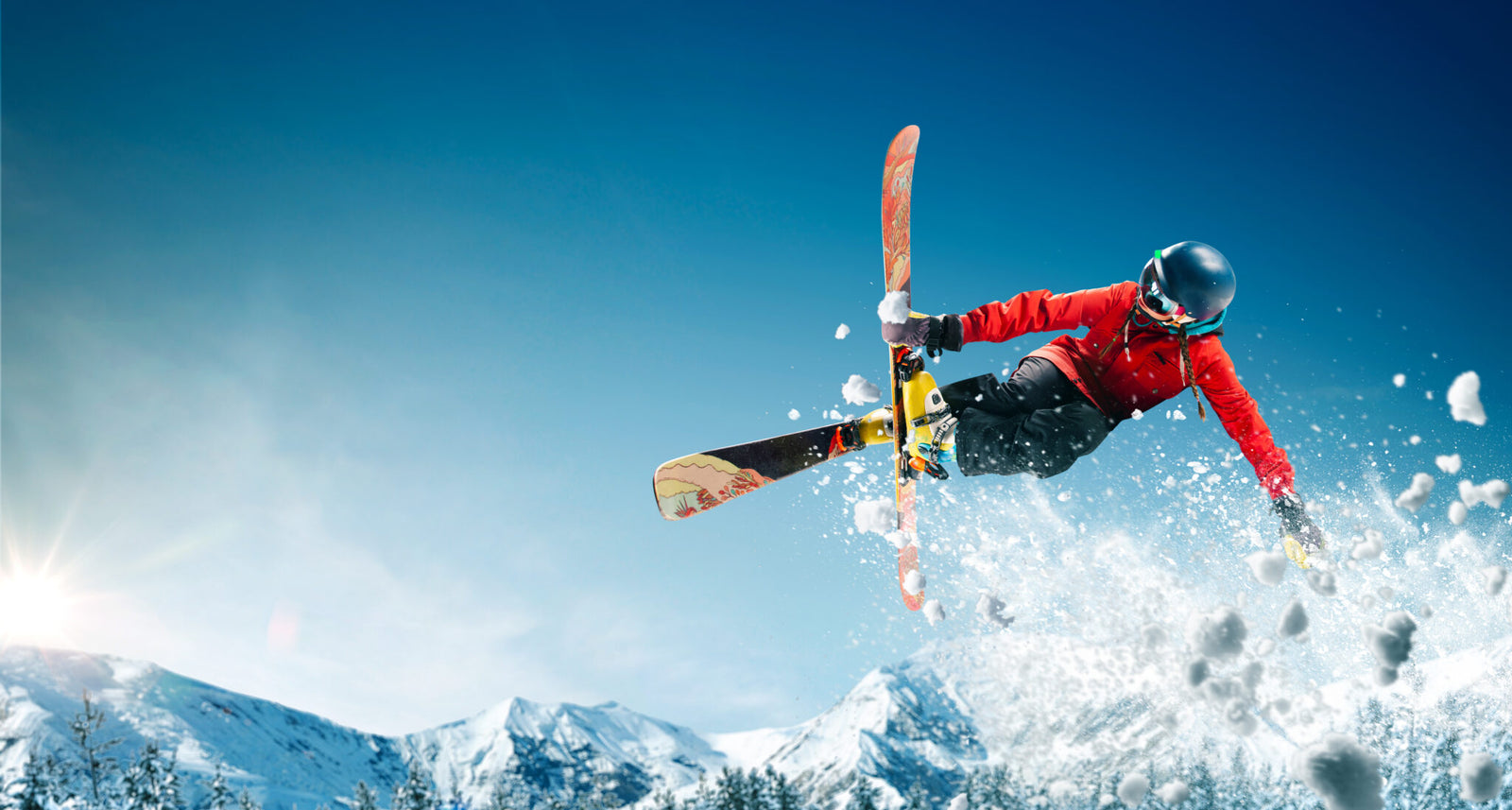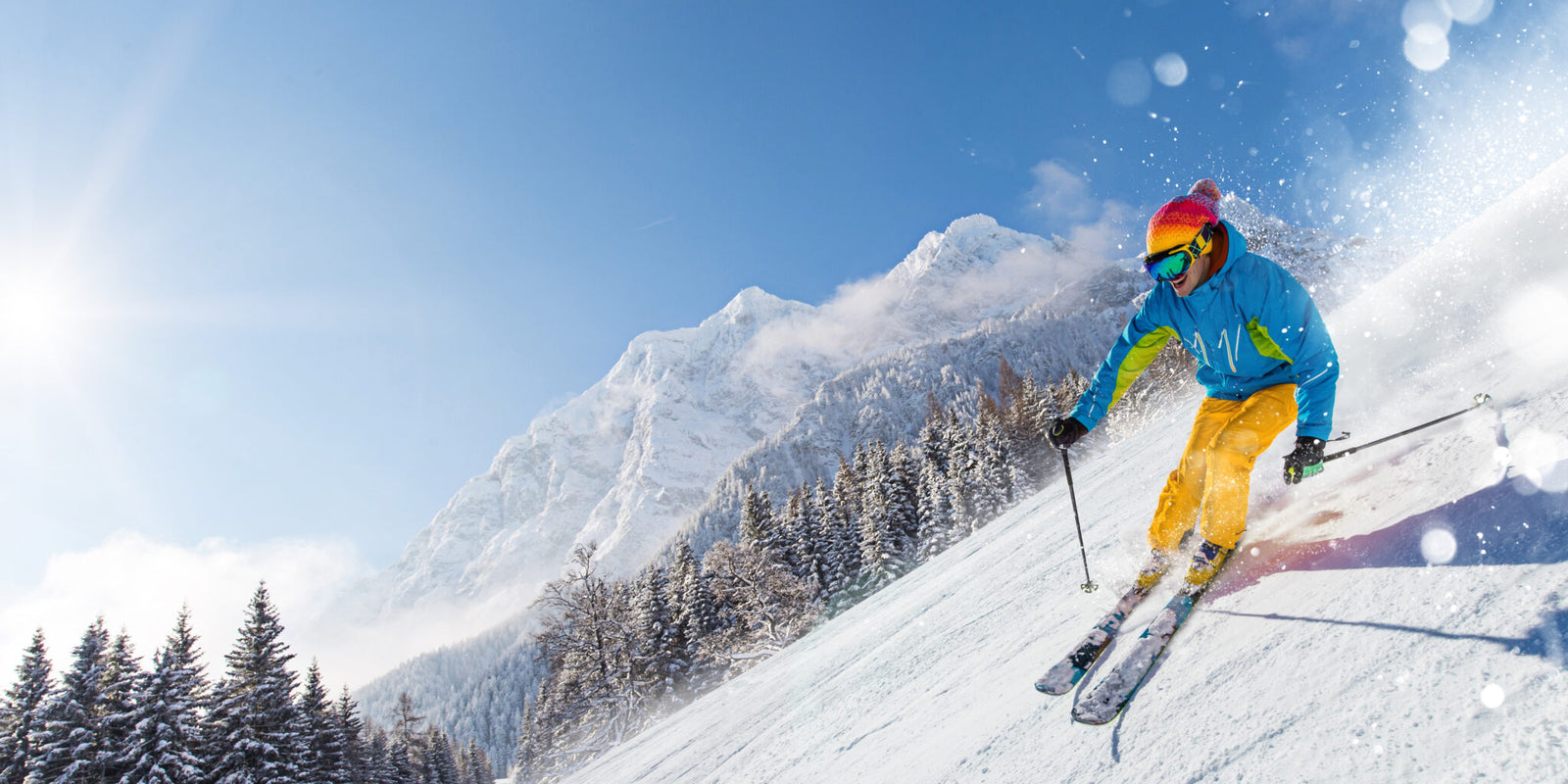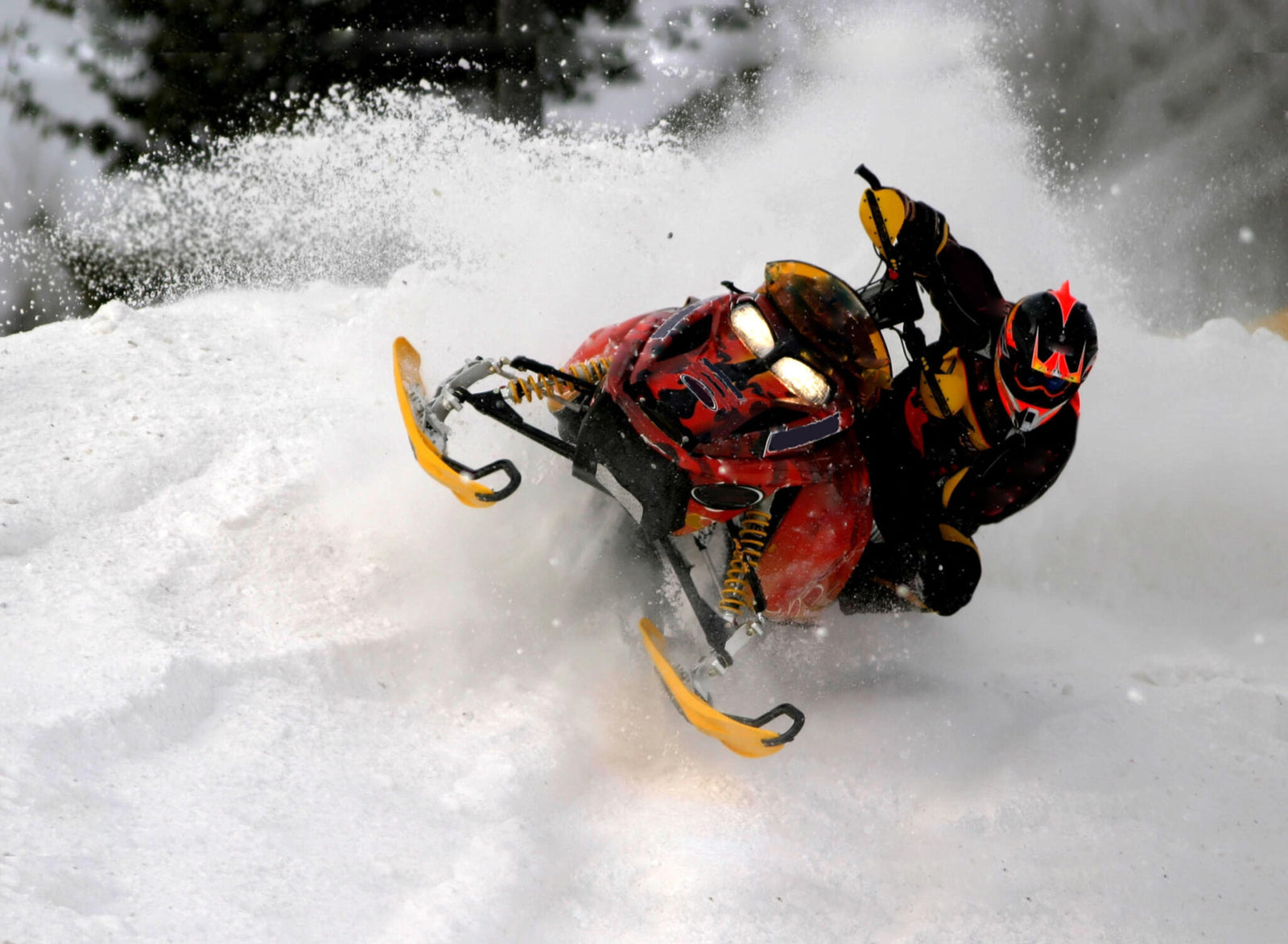Among the list of those who die in avalanches across North America, snowmobilers top the list. Riders need to understand the dangers of avalanches and the basics of avalanche survival before they ride. Take an avalanche training course and learn the avalanche danger signs before you get caught in a dangerous snowy situation.
Wisconsin Man Killed in Avalanche While Snowmobiling, Sign Warns Snowmobilers of Cooke City Avalanche, Avalanche Claims One in Moab, Extreme Avalanche Danger in McCall Area. A few of the most recent news stories about the dangers of avalanches while snowmobiling. Read them and become educated about the dangers of avalanches.
Avalanche danger is real, snowmobilers of America. Heed the warnings of Rocky Mountain Snowmobile and purchase snowmobile gear designed for safety. There are things you can do to stay safe in the deep snow that lies in the shadow of tall mountain peaks.
There is more avalanche search and rescue expertise as well as avalanche safety gear available today. More snowmobilers are becoming aware and are seeking avalanche certifications. Snowmobilers are reading and relying on avalanche forecasts before venturing out in the great white beyond. Why then are so many snowmobilers getting caught in avalanches? The sport you love shouldn’t kill you, and you shouldn’t allow the environment to defeat what you love to do.
Seek proper training, purchase and learn how to use appropriate avalanche gear and ride with a group. Never go it alone. Read and understand an avalanche forecast. These are just a few things you can do to stay safe.
Bret Rasmussen, a backcountry riding instructor of Rid Rasmussen Style fame and certified avalanche instructor, writes reports and holds many Level 1 and 2 courses. He has stated that, “One bright spot is that more than ever, snowmobilers are seeking out avalanche classes.” You can take avalanche mindfulness courses free of charge through many national forest headquarters. The Gallatin National Forest in Montanan lists their avalanche awareness courses its annual calendar. Take advantage of these classes – they are usually free. Snowmobile dealerships, like Rocky Mountain Snowmobile, know where awareness courses are held, and they can guide you to where you need to go.
Rocky Mountain Snowmobile carries KLIM snowmobile clothing, and KLIM hosts avalanche awareness classes at its corporate offices in Rigby, Idaho. At their headquarters, KLIM offers 1-4-hour courses, but if you are an advanced snowmobiler, search for a higher level of training than just the basics. Always make sure an accredited instructor teaches the class. You can get the most current information and rescue techniques by taking advantage of offered avalanche awareness classes.
Another backcountry snowmobiling instructor is Matt Entz of southern Colorado. He owns and operates Mountain Skillz a backcountry riding school that holds clinics on improving snowmobiling riding skills and avalanche awareness. Who knew that snowmobiling takes skill?
Entz states there are a lot of excellent and free awareness programs. You need to follow up these courses ty taking a motorized specific AIARE 1 or AST 1 equivalent course that includes on-snow training in avalanche terrain. Courses that are hands-on, in-field provide riders with detail experience and training. You will gain information to help you recognize avalanche terrain, assess risks, plan appropriately and understand snowpack makeup. You can also perform a companion rescue, find additional resources, test, and practice with gear and so much more. Perfect! These courses are what you need to be safe on the snow.
Many lifelong snowmobilers are just winter weekend snowmobilers and know little about avalanches. On a family trip one year in the Tetons, a group of snowmobilers were merrily riding along when one of the front runners suddenly disappeared. He did not get caught in an avalanche, but he created an avalanche by careening down a slope that looked like part of the landscape. The result was not pretty. Maybe with training, he might have seen the danger signs before it was too late.
Today it is becoming more the norm for snowmobilers to carry the gear to rescue themselves from an avalanche. Years ago, there were avalanche transceivers, but few people carried these or knew how to use them. These transceivers worked, but they were crude and required training. Inexperienced snowmobilers would purchase these transceivers, but this gave them a false sense of security. One older snowmobiler said that he felt he was invincible, and anyone could find him in an avalanche because of his transceiver. Fortunately, this theory was never tested.
Today most people who are true snowmobilers have the essential gear that includes transceivers (beacons) probes, shovels, and snowmobile helmet lights. Do these mountain snowmobilers know how to use an avalanche transceiver? They struggle to decipher what a transceiver is communicating. Learn about your equipment. There are many transceiver techniques, and these can be learned in a certified avalanche level 1 and level 2 course. These learned techniques will give you the most out of your transceiver.
Today, snowmobiles are no longer terrain challenged and have advanced skis like Simmons flex skis, that can travel snowy mountain terrains with ease. Now it is up to you to keep your avalanche skills up to par to stay safe with snowmobile technology. Purchase the most sophisticated snowmobile available, but make sure your riding skills are also the most advanced.
Other types of snowmobile gear that is great and can be purchased from Rocky Mountain Snowmobile includes an avalanche airbag. Airbag technology can save your life if you know how to use it. Many people do not use their airbags or even take them with them on the run. Bret Rasmussen reported that one customer told him they were not worried about an avalanche; they could ride out of it.
You need to deploy your airbag at the first sign of trouble. You also need to maintain your airbag. Often snowmobilers don’t check their pack correctly. It is not uncommon for a snowmobiler to ride an entire season and not charge the cylinder, attached the cylinder or even make sure the airbag is in good repair. Have your airbag inspected before you set out on your wintery trek.
Look at Rocky Mountain Snowmobile’s line of avalanche beacons, backpack and shovels, and probes. You never know what piece of equipment will save your life or the life of our companions.
Proper snowmobile safety is to always ride with a group and make sure our group is knowledgeable. Some groups of good buddies may think they are invincible and know everything. Don’t get caught in a group of riders trying to be cowboys. You don’t want to be the one who announces that a member of your group was lost in an avalanche and is not coming home. Rule of thumb, if you are an impulsive rider, can’t follow safety rules, and must try out all the hills, then stay home where it is warm and safe.
Know the forecast. Before you go out in the weather check and understand the forecast, avalanche forecasts should be taken seriously. You need to decide where to ride and how extreme you need to ride. National Forests post a daily avalanche forecast. Read them! The Gallatin National Forest Avalanche Center sends out their forecast with an explanation of current snow conditions and trends. If you want a forecast at your fingertips, use the app Avalanche.
The advice of snowmobile experts says that backcountry snowmobiling is unique. However, it is also one of the few sports that the risk of being killed by the environment is high. You need not fear an avalanche, but you need to respect them. The average snowmobiler might get away with riding out an avalanche once but get rid of your false sense of security. Don’t be blind to avalanche danger, training and the proper gear are what you need and owe to yourself.




